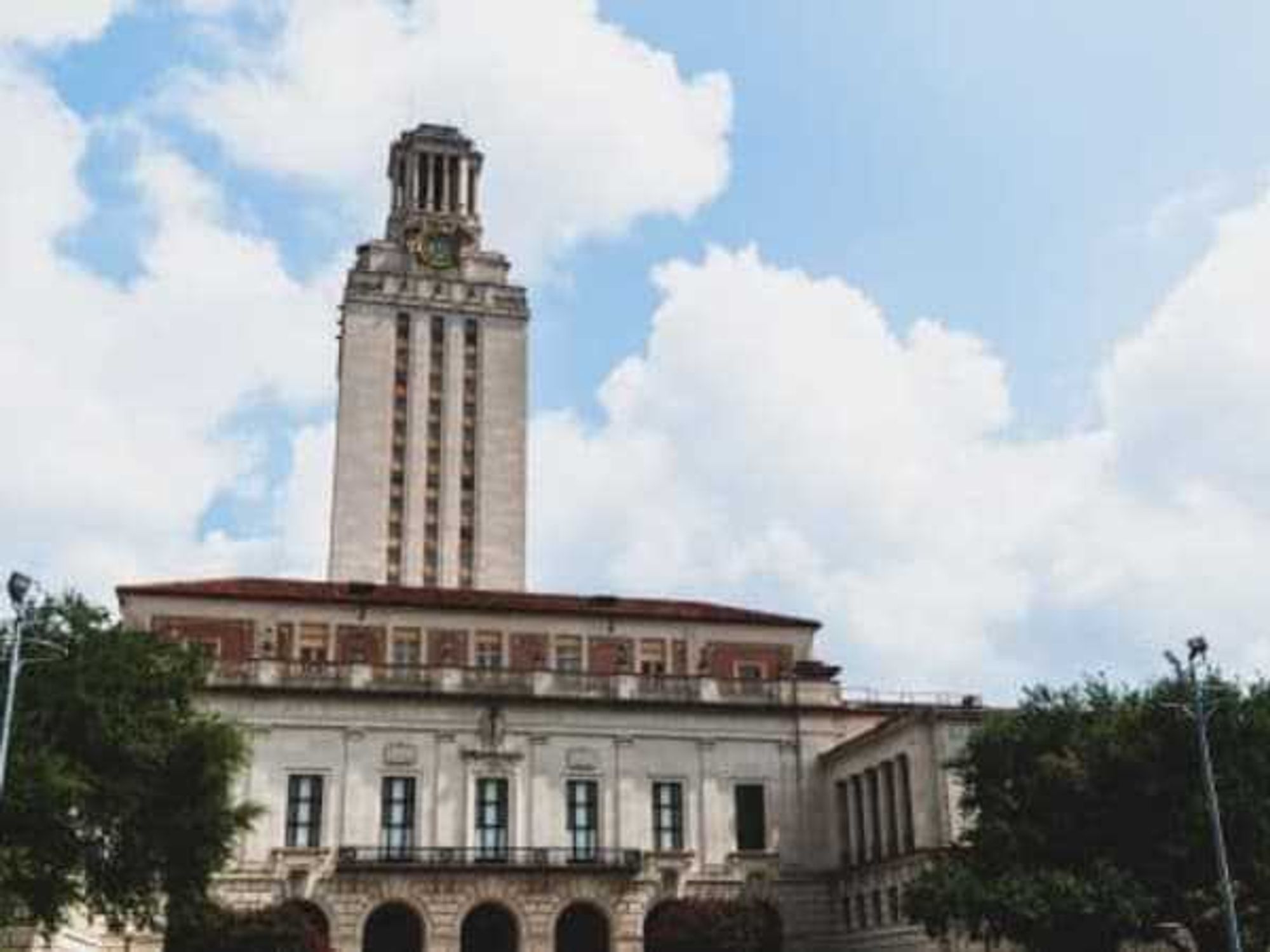
It might only be Texas' grass that is green.
Turns out — Texas might not be as green as you thought.
A new report from WalletHub looked at 25 key metrics — from green buildings per capita to energy consumption from renewable resources — to evaluate the current health of states' environment and residents’ environmental-friendliness.
Texas ranked No. 38, meaning it was the thirteenth least green state, only scoring 50.40 points out of 100.
“It’s important for every American to do their part to support greener living and protect our environment. However, it’s much easier being green in some states than others," writes Cassandra Happe, a WalletHub Analyst, in the report. "For example, if a state doesn’t have a great infrastructure for alternative-fuel vehicles, it becomes much harder for residents to adopt that technology. Living in a green state is also very beneficial for the health of you and your family, as you benefit from better air, soil and water quality.”
Here's how Texas ranked among a few of the key metrics:
- No. 35 for air quality
- No. 38 for soil quality
- No. 38 for water quality
- No. 26 for LEED-certified buildings per capita
- No. 32 for percent of renewable energy consumption
- No. 45 for energy consumption per capita
- No. 38 for gasoline consumption (in gallons) per capita
Despite Texas' solar energy generation surpassed the output by coal last month, according to a report from the Institute For Energy Economics and Financial Analysis, the Lone Star State has room for improvement.
California was ranked as the greenest state, with Vermont, New York, Maryland, and Washington, respectively, rounding out the top five. The country's least green state is West Virginia, followed by Louisiana, Alabama, Mississippi, and Kentucky.
The report also zeroed in on how politics play into a state's climate system. Democrat-led states ranked around No. 15 on average, whereas Republican states fell at around No. 36.
---
This report originally appeared on our sister site, EnergyCapitalHTX.
